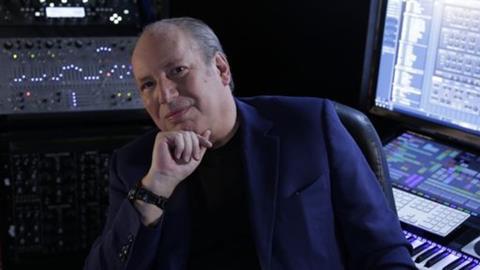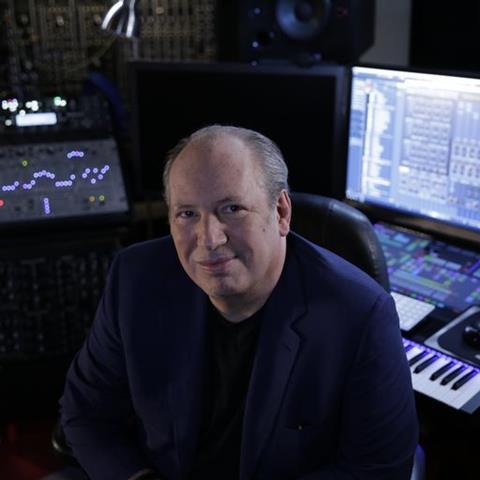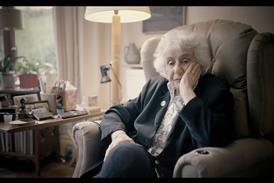Picture finishing editor Paul Ingvarsson reveals the work behind bringing the composer’s story to screen

Premiering on BBC2 in the UK last year and now available on BBC iPlayer, Hans Zimmer: Hollywood Rebel explores the Oscar-winning composer’s 40-year career and techniques.
Post for the documentary was handled by Storm, and picture finishing editor Paul Ingvarsson has revealed the work that went into bringing the composer of scores from the likes of The Lion King, Gladiator and Interstellar to the small screen.
Elements of the modern interview footage were filmed on the Pocket Cinema Camera 6K Pro, with the online and grade completed in DaVinci Resolve Studio. Storm also received several hours of 4K UHD performance footage, which was processed using multiple methods including transcoding in DaVinci Resolve.

“Using a combination of archive and modern day footage provided its own set of challenges in post production,” Ingvarsson explained. “Material was shot around the world, so there were multiple frame rates across the different sets of footage, including the BTS of Hans in the studio. We used Resolve’s toolset for frame rate conversion without creating frame skips. This involved utilising optical flow and built-in slewing techniques which preserved the image quality where possible.”
Content regionalisation also provided some challenges. For example, in the UK, broadcast standards specify that older 4:3 footage has to have sharp, matte black pillar boxing around the edges to frame it, so Storm had to create this before the screening.
In addition, the documentary was released worldwide, which required the team to re-conform the project timeline from 60 to 50 minutes to meet the requirements of the individual regions.

“Re-cutting a feature to make it shorter can be enormously difficult,” Ingvarsson admitted. “However, Resolve makes it pretty simple; you can swap out the graded master with the component parts and conform it back to the graded master timeline, a bit like re-organising the sections of a flow chart.”
To combine the older archive footage into the documentary with a level of visual consistency, Ingvarsson revisited the broadcast scanning method used for the original footage. “With the BTS archive footage, we used Resolve’s Neural Deinterlacer, which helps to convert interlaced footage to progressive. This was combined with noise reduction to clean up the edges before dipping into Fusion for invisible screen replacements.”
Ingvarsson also experimented with the opening graphic using Fusion. “Once I’d created the graphic, I used the fractal noise generator, which gave the text a bit of a glow, elevating it,” Ingvarsson concluded. “It was a great feeling to contribute to a piece which highlighted the significance of Zimmer’s career and the impact that he’s had on the industry and people around the world.”

































No comments yet